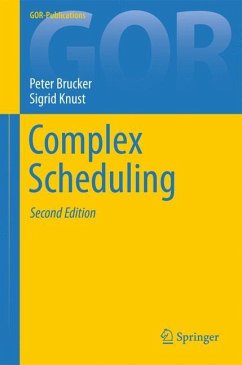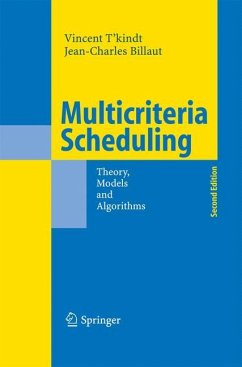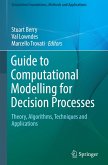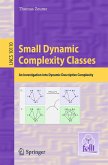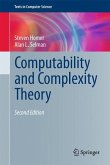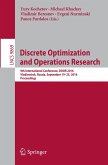This book presents models and algorithms for complex scheduling problems. Besides resource-constrained project scheduling problems with applications also job-shop problems with flexible machines, transportation or limited buffers are discussed. Discrete optimization methods like linear and integer programming, constraint propagation techniques, shortest path and network flow algorithms, branch-and-bound methods, local search and genetic algorithms, and dynamic programming are presented. They are used in exact or heuristic procedures to solve the introduced complex scheduling problems. Furthermore, methods for calculating lower bounds are described. Most algorithms are formulated in detail and illustrated with examples.
In this second edition some errors were corrected, some parts were explained in more detail, and new material has been added. In particular, further generalizations of the RCPSP, additional practical applications and some more algorithms were integrated.
In this second edition some errors were corrected, some parts were explained in more detail, and new material has been added. In particular, further generalizations of the RCPSP, additional practical applications and some more algorithms were integrated.
From the reviews of the second edition: "This book is a joint production by two veteran researchers in the field of scheduling algorithms. This second edition comes six years after the first and adds close to 60 pages of new material. Most notable is the addition of information on the resource-constrained project scheduling problem (RCPSP), which represents the major focus application of many of the techniques presented in the four sections of the book. ... This book clearly reflects the authors' efforts and is a serious treatment of the topic." (Minette Carl, ACM Computing Reviews, June, 2012)

